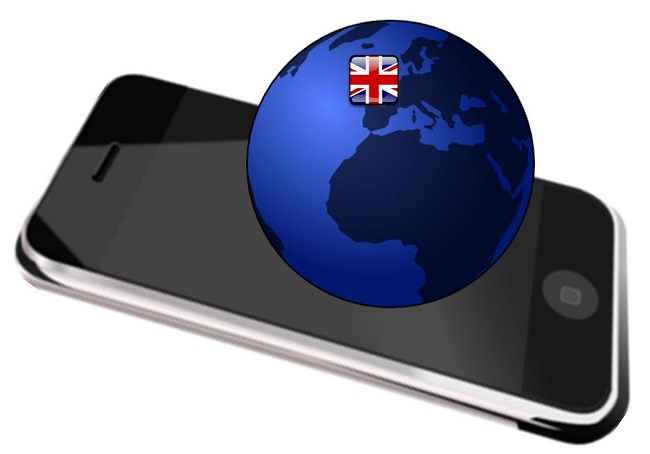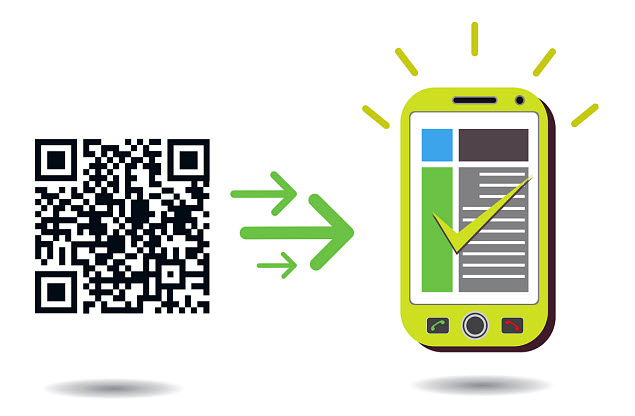The Liberal Democrats have been hoping to use location based tech to target floating voters.
In the United Kingdom, the Liberal Democrat party has chosen to go the high tech route by employing geolocation technology in order to be able to gear the content on the party’s official website specifically toward the local issues of the individual who is viewing it.
This is all being implemented ahead of the next general election in the hopes of appealing to a target group of voters.
This makes the Liberal Democrats the first among all of the parties to take advantage of the hyper local potential of geolocation. They have worked with Digital Element in order to put this technology into place. The tool that was created for them is able to determine an individual’s location at a sub-regional level so that they will automatically view the campaign literature of the candidate who is closest to them.
Through the use of geolocation technology, voters will see information about the issues most relevant to them.
 That said, despite the fact that users will automatically be presented with local material, this doesn’t mean that they won’t be able to access the national messages that have traditionally been posted on the party website. That will still be available to them, but upon initially accessing the site, they will first see the local content, issues, and candidate information displayed.
That said, despite the fact that users will automatically be presented with local material, this doesn’t mean that they won’t be able to access the national messages that have traditionally been posted on the party website. That will still be available to them, but upon initially accessing the site, they will first see the local content, issues, and candidate information displayed.
For example, someone in southeast London will initially see information about the candidate named Simon Hughes, for Old Southwark and Bermondsey, but that individual would also be able to check out the broader national information, as well. This could potentially have greater appeal and relevance to that person.
According to the head of digital communications for the Liberal Democratic party, Bess Mayhew, when speaking about the implementation of the geolocation technology, “Viewing web content that is more personal and less generic can really impact the way people vote, and small margins can make a huge difference to the final result. In this election in particular, we’re going to see a lot more marginal seats, so those few extra votes can really make the difference.”
A company called Madpiggy has launched a location based service to make local discovery easier.
Promotions and discount coupons are one of the most effective ways to encourage people to walk in through the doors of a shop, and now a company called Madpiggy has combined this knowledge with the use of QR codes and iBeacons in order to provide an even greater incentive for consumers.
At the same time, the company is using well established marketing techniques and the latest marketing technology.
Madpiggy is banking on the broadening of the Internet of Things (IoT) to be able to provide hyperlocal, contextual ads on mobile devices through the use of iBeacons and that can be confirmed through QR codes. It is all based on an app that uses geolocation technology to give shoppers the ability to see deals at shopping malls, outlets, and other shops that are located very nearby. The application is iBeacon integrated and allows check ins through simple quick response code scans, as well as incorporating push notifications and loyalty solutions.
The application is now live for Android and iOS users to obtain deals and check in with QR codes.
 Its web platform has also been created for shopping malls and merchants to be able to take part and customize the experience that they provide. At the moment, the app remains in a phase in which its operations are limited to NCR. This is meant to give it the opportunity to build focus. However, within the next quarter of a year, the Madpiggy app will be expanding outward to other cities.
Its web platform has also been created for shopping malls and merchants to be able to take part and customize the experience that they provide. At the moment, the app remains in a phase in which its operations are limited to NCR. This is meant to give it the opportunity to build focus. However, within the next quarter of a year, the Madpiggy app will be expanding outward to other cities.
This geolocation based marketing experience that is combined with QRcodes has been a trend that has been growing in many areas of the world. Mobile apps are starting to be released on a more regular basis that are designed to target consumers when they are very near to the physical location of stores, and to encourage them to scan barcodes in order to obtain various types of reward such as coupons, deals, loyalty points, and even free stuff.
In the case of Madpiggy, the experience is free to use by both customers and merchants. Stores can set up the deals that they wish to offer, and consumers can receive notifications about them as they pass near iBeacons, and then redeem them through QR code check ins.
 That said, despite the fact that users will automatically be presented with local material, this doesn’t mean that they won’t be able to access the national messages that have traditionally been posted on the party website. That will still be available to them, but upon initially accessing the site, they will first see the local content, issues, and candidate information displayed.
That said, despite the fact that users will automatically be presented with local material, this doesn’t mean that they won’t be able to access the national messages that have traditionally been posted on the party website. That will still be available to them, but upon initially accessing the site, they will first see the local content, issues, and candidate information displayed.
 Its web platform has also been created for shopping malls and merchants to be able to take part and customize the experience that they provide. At the moment, the app remains in a phase in which its operations are limited to NCR. This is meant to give it the opportunity to build focus. However, within the next quarter of a year, the Madpiggy app will be expanding outward to other cities.
Its web platform has also been created for shopping malls and merchants to be able to take part and customize the experience that they provide. At the moment, the app remains in a phase in which its operations are limited to NCR. This is meant to give it the opportunity to build focus. However, within the next quarter of a year, the Madpiggy app will be expanding outward to other cities.